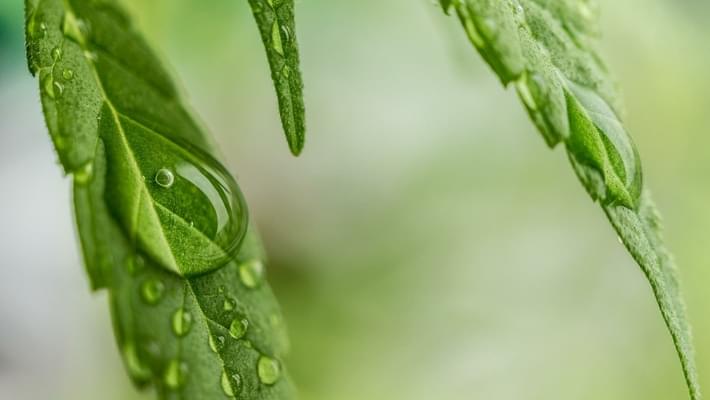
So what's the difference between hemp and marijuana anyway?
Published on 1/21/19
Just over a month ago a major bill was passed in congress called the Farm Bill that effected the way farmers and businesses can grown and sell hemp products. Hemp is no longer a controlled substance and now legal in all 50 states. But hemp often gets mixed in with marijuana in discussions due to both of them being related to the plant, cannabis sativa, and thus having been made illegal by the Controlled Substances Act in 1970. While the two plants have some similarities, they also have some major differences. The leaf produced by the plants are one of the largest visual similarities, but the chemical makeup and uses of the plants are truly what separate them. The marijuana plant is largely known for it's THC, the cannabinoid that creates the intoxicating feeling that can also be useful medically. However the hemp plant carries trace amounts of THC, meaning consuming hemp will not create any intoxication. On the otherhand, hemp is used in many different types of products from body care to clothing, ropses, wax and even plastic.
While hemp and its popular cousin, marijuana, are both varieties of the herbaceous flowering plant known as cannabis sativa, they're different in a number of ways.
Hemp’s production was curtailed after World War II and its cultivation became illegal in 1970 with the passage of the Controlled Substances Act, which classified all varieties of the Cannabis sativa plant as a schedule one drug
